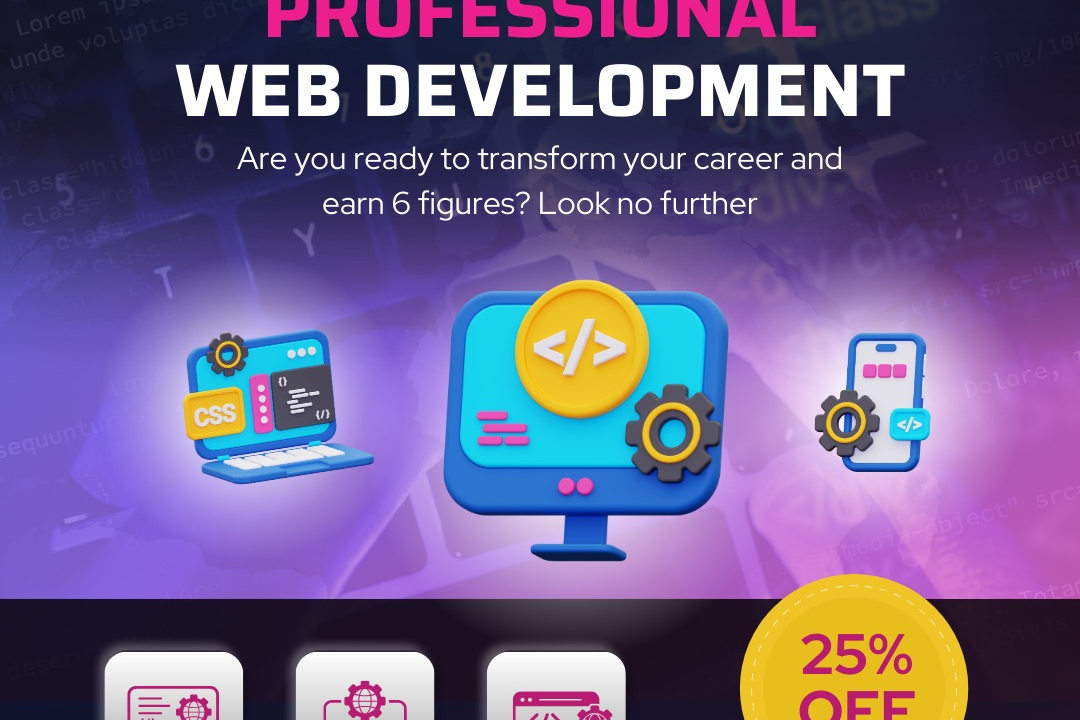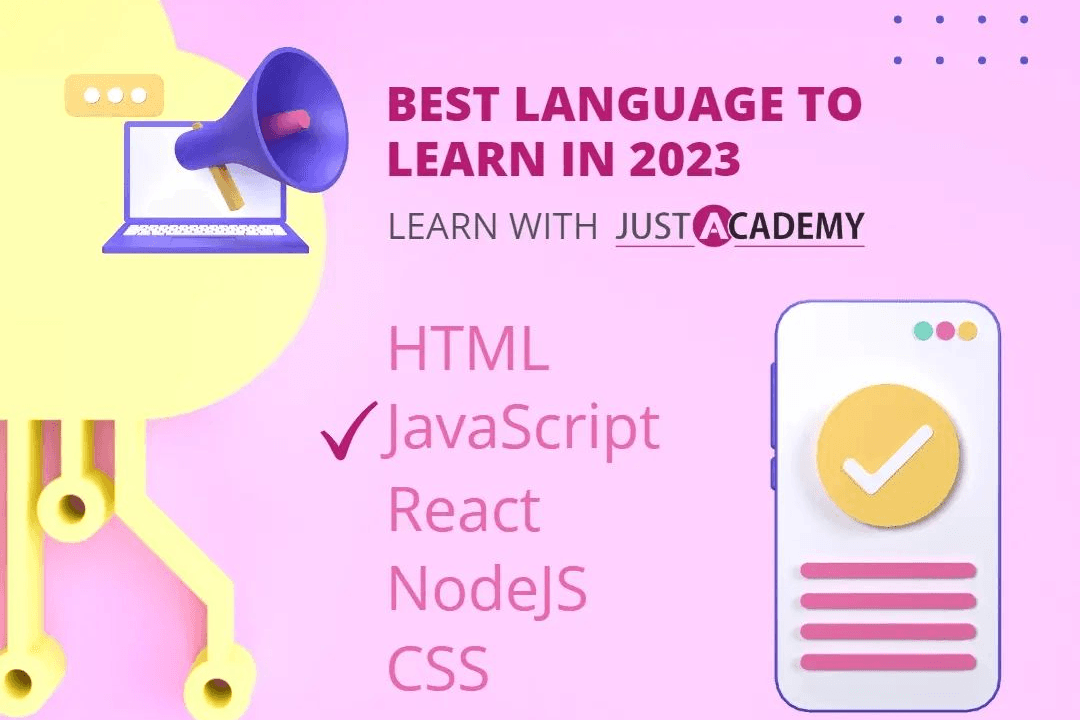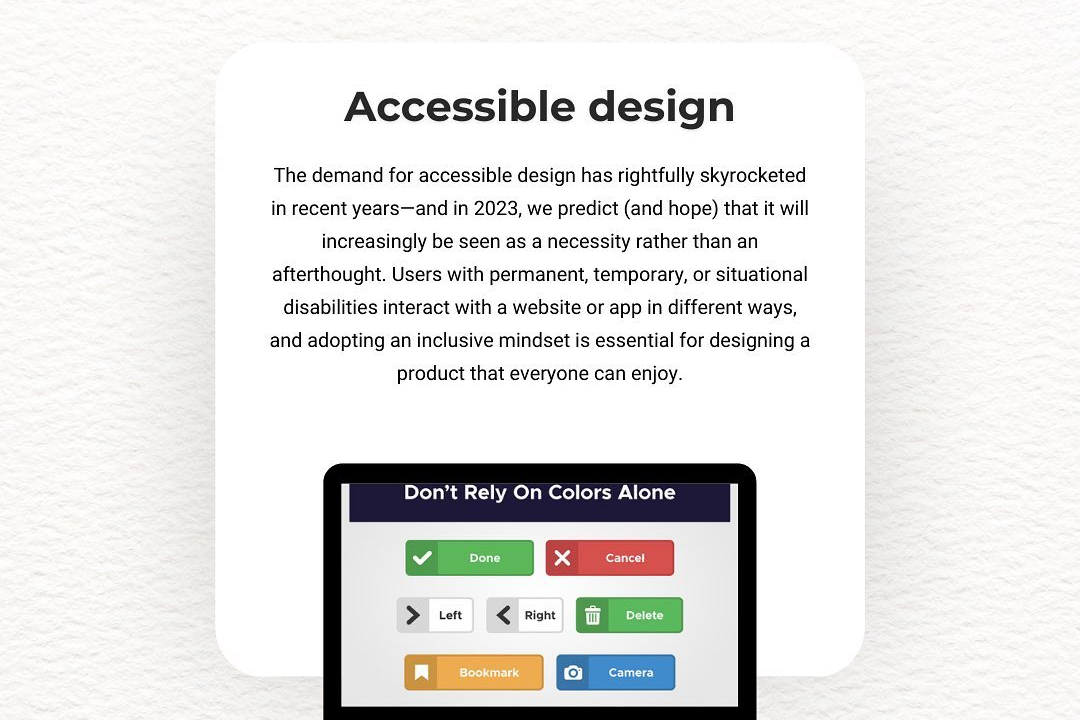Example Program Of Class And Object In Php
An example program of class and object in PHP illustrates how to define a class as a blueprint for c
Example Program Of Class And Object In Php
An example program of class and object in PHP is useful because it demonstrates the fundamentals of object-oriented programming, allowing developers to create modular, reusable, and organized code. By defining classes as blueprints for objects, it becomes easier to model real-world entities, manage complex systems, and maintain the codebase efficiently. This approach promotes better code structure, reduces redundancy, and enhances scalability, making it essential for developing robust and flexible applications in PHP.
To Download Our Brochure: https://www.justacademy.co/download-brochure-for-free
Message us for more information: +91 9987184296
An example program of class and object in PHP is useful because it demonstrates the fundamentals of object oriented programming, allowing developers to create modular, reusable, and organized code. By defining classes as blueprints for objects, it becomes easier to model real world entities, manage complex systems, and maintain the codebase efficiently. This approach promotes better code structure, reduces redundancy, and enhances scalability, making it essential for developing robust and flexible applications in PHP.
Course Overview
This course introduces the fundamentals of classes and objects in PHP, covering core concepts, syntax, and practical implementation through real-time projects, enabling learners to build modular and scalable PHP applications efficiently.
Course Description
This course provides an example program demonstrating the use of classes and objects in PHP, helping learners understand object-oriented programming concepts through practical implementation.
Key Features
1 - Comprehensive Tool Coverage: Provides hands-on training with a range of industry-standard testing tools, including Selenium, JIRA, LoadRunner, and TestRail.
2) Practical Exercises: Features real-world exercises and case studies to apply tools in various testing scenarios.
3) Interactive Learning: Includes interactive sessions with industry experts for personalized feedback and guidance.
4) Detailed Tutorials: Offers extensive tutorials and documentation on tool functionalities and best practices.
5) Advanced Techniques: Covers both fundamental and advanced techniques for using testing tools effectively.
6) Data Visualization: Integrates tools for visualizing test metrics and results, enhancing data interpretation and decision-making.
7) Tool Integration: Teaches how to integrate testing tools into the software development lifecycle for streamlined workflows.
8) Project-Based Learning: Focuses on project-based learning to build practical skills and create a portfolio of completed tasks.
9) Career Support: Provides resources and support for applying learned skills to real-world job scenarios, including resume building and interview preparation.
10) Up-to-Date Content: Ensures that course materials reflect the latest industry standards and tool updates.
Benefits of taking our course
Functional Tools
1 - PHP Development Environment: Students are introduced to PHP development environments such as XAMPP, WAMP, or MAMP, which provide an easy setup of Apache, MySQL, and PHP servers. These tools create a local server environment essential for running PHP scripts and testing code seamlessly without needing an internet server. This environment helps students understand server configuration, manage databases if needed, and realize how PHP interacts with web servers. Familiarity with these tools simplifies the process of writing, debugging, and executing PHP programs, especially class and object oriented code, making the training program practical and hands on.
2) Integrated Development Environment (IDE): The course emphasizes using IDEs like Visual Studio Code, PHPStorm, or Sublime Text, which offer syntax highlighting, code completion, debugging features, and project management. These tools enhance coding efficiency, accuracy, and provide a user friendly interface for writing object oriented PHP code. IDEs also facilitate features like error checking, automatic formatting, and code snippets that help students learn best practices. Mastery of an IDE enables students to develop complex class structures with ease and improves their overall productivity during project development.
3) Text Editor Tools: For beginners or quick prototyping, simple text editors such as Notepad++ or Sublime Text are used. These lightweight editors offer essential features like syntax highlighting and plugin support, making them suitable for small projects or initial learning phases. They help students focus on understanding basic PHP syntax, class creation, and object instantiation. Using such tools builds foundational skills before moving to more advanced IDEs, ensuring students gain confidence in coding from scratch.
4) Version Control Systems: Git is introduced as a vital tool for managing code changes, collaborating with others, and maintaining project history. Students learn how to initialize repositories, commit changes, create branches, and resolve conflicts—all important for managing class based PHP projects in real world scenarios. Using Git ensures that students understand best practices in code management, facilitates teamwork, and prepares them for professional development environments where version control is a standard.
5) PHP Documentation Tools: Tools such as PHPDocumentor or Doxygen are discussed to teach students how to generate documentation from their code comments. These tools encourage writing clear, structured comments for classes, methods, and properties, making code more understandable and maintainable. Learning to document code properly is a crucial skill, especially when working on larger projects involving multiple developers. This aspect of the training enhances the professionalism and usability of student projects.
6) Database Management Tools: MySQL Workbench or phpMyAdmin are introduced for students to connect their PHP class programs with databases when needed. These GUI tools simplify database creation, data entry, and schema management, allowing students to integrate persistent data storage into their object oriented applications. Understanding database interaction with PHP is essential for developing dynamic websites, and these tools provide a visual interface that makes database operations more accessible to learners.
7) Debugging and Testing Tools: Tools like Xdebug or built in debugging features in IDEs are used to teach students how to identify and fix bugs in their class based code. These tools allow step by step execution, variable inspection, and breakpoints, making troubleshooting more straightforward. Correct debugging techniques are crucial for developing reliable applications and understanding logical errors in object oriented programming. Incorporating these tools into training ensures students are equipped to write bug free, robust PHP code.
8) Web Browsers: Browsers like Chrome or Firefox serve as the testing ground for executing PHP scripts and viewing outputs. Students learn how to set up local servers, execute PHP files, and interpret results directly in the browser. Browser developer tools also assist in debugging and inspecting network requests and page loads related to their PHP classes. Mastering browser testing helps students see the immediate effect of their code, fostering a practical understanding of how PHP interacts with web pages.
9) Command Line Tools: Basic understanding of command line interfaces (CLI) is provided for running PHP scripts directly through terminal windows. This skill is essential for executing PHP files outside IDEs or GUIs, managing project files, and automating tasks. CLI tools allow students to quickly test their classes, run scripts, and understand PHP's runtime environment, leading to more efficient development workflows.
10) Learning Management Systems (LMS) and Online Resources: Platforms like Moodle, Google Classroom, or YouTube tutorials complement practical training by offering theoretical knowledge, coding exercises, and troubleshooting support. These tools facilitate structured learning, resource sharing, and peer interaction, creating an engaging environment for mastering classes and objects in PHP. The integration of LMS resources ensures that students have continuous access to course materials, enhancing their learning experience during the training program.
11 - PHPUnit for Automated Testing: Incorporating PHPUnit allows students to write unit tests for their PHP classes, ensuring code reliability and robustness. Learning how to create and run automated tests helps students understand test driven development (TDD) principles and maintain high quality code standards. This skill is vital for managing complex class structures and detecting issues early, fostering a professional approach to software development.
12) Frameworks and Libraries: An introduction to popular PHP frameworks such as Laravel or Symfony provides students with a structure for building scalable, maintainable object oriented applications. These frameworks offer pre built classes, components, and best practices, enabling students to develop feature rich projects efficiently and understand real world application architecture.
13) API Testing Tools: Postman or Insomnia are used to test RESTful APIs created with PHP classes. These tools help students learn how classes interact via HTTP requests, serialize data, and implement authentication. Building and testing APIs prepares students for backend development tasks, integrating PHP classes into larger systems.
14) Containerization and Deployment Tools: Docker simplifies setting up consistent development environments and deploying PHP applications. Learning Docker commands and container management ensures students understand deployment workflows, environment configuration, and scalability of class based applications in real world hosting environments.
15) Performance Monitoring Tools: Tools like New Relic or Blackfire are introduced to analyze PHP script performance, identify bottlenecks, and optimize class implementations. Students learn how to profile code and implement best practices for writing efficient, high performing object oriented PHP applications.
16) Code Review Platforms: Using platforms like GitHub or GitLab promotes collaborative development through pull requests, code reviews, and issue tracking. Students gain experience in maintaining code quality, adhering to coding standards, and incorporating feedback—all critical skills for team based PHP projects.
17) Continuous Integration/Continuous Deployment (CI/CD) Tools: Introducing Jenkins or GitHub Actions automates testing, building, and deploying PHP projects. Students learn how to integrate their class code into CI/CD pipelines, ensuring rapid feedback and seamless deployment processes for large scale web applications.
18) Security Testing & Tools: Tools such as OWASP ZAP or Burp Suite educate students on common security vulnerabilities related to PHP classes and web applications, like SQL injection or XSS. This knowledge emphasizes writing secure, resilient code that adheres to best security practices.
19) Learning Platforms and Community Forums: Engaging with developer communities like Stack Overflow, PHP forums, or GitHub discussions encourages peer to peer learning, problem solving, and staying updated with the latest PHP class development trends and tools.
20) Documentation and Diagramming Tools: Tools like Lucidchart, Draw.io, or PHP UML generators assist students in designing class diagrams, system architecture, and documenting their projects visually. This practice enhances understanding of object relationships and promotes clear, maintainable code design.
21 - Frontend Integration Tools: Basic knowledge of frontend technologies like HTML, CSS, and JavaScript, along with tools like Bootstrap or Vue.js, helps students integrate PHP classes with interactive web interfaces, fostering full stack development skills.
22) Cloud Hosting Platforms: AWS, Azure, or Google Cloud platform tutorials introduce students to deploying PHP applications on cloud infrastructure. Understanding cloud deployment broadens their project scope and prepares them for enterprise level development environments involving PHP classes.
23) Learning Analytics and Progress Tracking Software: Tools that monitor student progress and module completion help optimize the learning experience, providing personalized feedback and additional resources tailored to individual learning paths related to PHP classes and object oriented programming.
24) Mobile Development Basics: Introducing mobile friendly testing tools or frameworks like Flutter or React Native can complement PHP application development, especially for building REST APIs consumed by mobile apps, emphasizing versatile skill application in modern tech environments.
These additional points expand the array of practical tools and concepts covered in the training program, ensuring students are well equipped with industry standard skills for developing, managing, and deploying PHP classes and object oriented applications.
Browse our course links : https://www.justacademy.co/all-courses
To Join our FREE DEMO Session:
This information is sourced from JustAcademy
Contact Info:
Roshan Chaturvedi
Message us on Whatsapp:
Email id: info@justacademy.co
Appium Integration with Selenium












